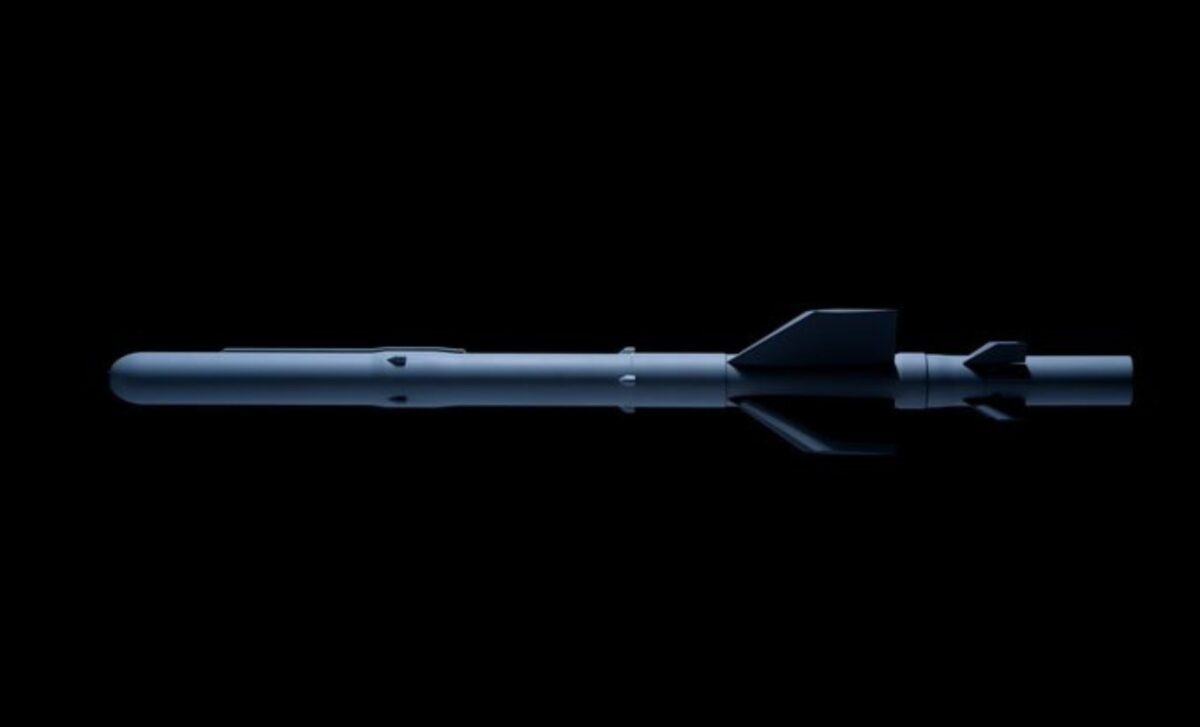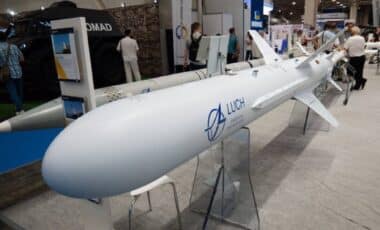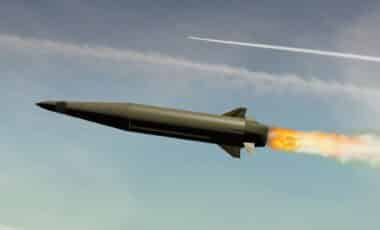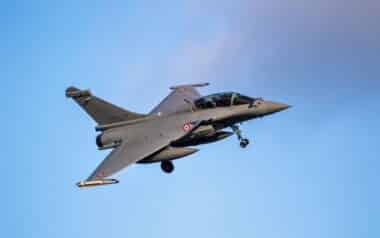On August 28, 2025, Saab revealed Nimbrix, a lightweight missile system designed specifically for counter-drone operations. The system promises a compact, cost-efficient solution to neutralize low-flying, slow-moving drones, including swarm threats, with a kill range of up to 5 kilometers.
Equipped with a fire-and-forget guidance mode and optimized for rapid deployment, Nimbrix aims to offer military forces a more sustainable way to handle the growing frequency and intensity of drone incursions. The missile is built to deliver high lethality at low cost, a key requirement for layered air defense systems increasingly challenged by inexpensive aerial threats.
The rise of unmanned aerial vehicles on battlefields has transformed how military planners think about air defense. Small drones, often deployed in large numbers and at low altitude, can overwhelm traditional systems due to their low cost and agile flight paths. Saab’s Nimbrix is designed to address this very scenario by offering a new defensive layer for quick-reaction targeting.
Nimbrix is being marketed as a modular solution that can be deployed in both static and mobile setups, with a focus on agility and ease of integration. Its official public debut is scheduled for the DSEI defense exhibition in London from September 9 to 12, 2025. Deliveries may begin in 2026, depending on production scale-up.
First Ever Naval Drone Strike – Russian Drone Sinks Ukrainian Navy Ship Near Danube Delta
Minimal Architecture, Maximal Lethality
The Nimbrix missile features a lightweight construction, measuring approximately one meter in length and weighing between 2.5 and 3 kilograms at launch. This minimalist design enables rapid deployment and greater mobility across combat zones. Despite its small form, the missile carries a fragmentation warhead configured for air-burst detonation, enhancing its ability to destroy multiple drone targets in close proximity.
The terminal phase of flight is supported by an active seeker, allowing for autonomous tracking of targets without operator intervention. As noted by FlightGlobal, the system is intended to operate in the closest defensive layer, where engagement windows are critically short.
Designed for Saturation Resistance
Modern conflicts are increasingly defined by drone saturation attacks, where dozens of aerial platforms approach simultaneously. Nimbrix responds to this threat by offering a cost-per-shot ratio that remains viable over extended engagements. Saab emphasizes that its solution is positioned to intercept threats where the financial cost of defense must be kept low without compromising effectiveness.
The missile is optimized for autonomous deployment or can be integrated into existing command-and-control (C2) systems, including vehicle-mounted or fixed-site configurations. As outlined in Armées, this adaptability supports Saab’s aim to deploy a higher volume of interceptors across wider defensive perimeters.
Designed for Saturation Resistancefast Deployment for Fast-Moving Threats
Drone detection and interception windows can shrink rapidly based on distance. At 6 kilometers, an operator has about one minute to detect, identify, and respond to a drone threat; at 2 kilometers, that window drops to 15 seconds. Saab’s Nimbrix is tailored to operate within these constraints, favoring speed and simplicity over complexity.
“The need is to deploy widely an anti-drone missile to thicken the defense,” said Stefan Öberg, head of Saab’s Missile Systems division. He emphasized the urgency of scalable anti-drone solutions, as unmanned threats have intensified in both volume and sophistication.








